Over the years I’ve accumulated thousands of other people’s photographs. I began buying them in the early 1980s, at flea markets and in junk shops. At first, I rarely paid more than a nickel or a dime. I was drawn to those that contained some aesthetic quality or bit of sociohistorical information, or ideally both at once. Often the selection was made rapidly, purely by intuition; only later would I be able to name the qualities that had caught my eye. The pictures were orphans, in several senses. Anonymous photographs had little commercial value. They were considered detritus, as inert as the grocery lists or medical records of the past. And they had all been released into the twilight marketplace by the death of their keepers and the apathy or absence of their heirs. That release often obliterated their context. If you bought two or more pictures out of the same box it might not be evident that they had a common origin. You might not even recognize that the person in this photo was also the person in that photo, many years later. Found photographs are memories that have gone feral.
Imagine finding, in a rusted tin box stuffed with random and disconnected images (snapshots, postcards, funeral ex votos, chocolate-bar premiums), the picture at the top of the page: a photobooth image of a European intellectual, to all appearances. But how hasty a supposition is this? We think he’s an intellectual because of the glasses, European because of the facial features, the mouth in particular. But he might be a bank clerk, perhaps an immigrant from northern Europe (he is blond), now living in Bayonne, New Jersey, where he takes pains to keep his heavy wool suit from the moths. Now imagine finding, in the same box, the photo immediately above: an American GI striding purposefully down the street of what is certainly a European city, to judge by the paving stones and the wicker café chairs. Would it occur to you that the pictures might show the same person, and furthermore could have been taken only three or four years apart? They are both photographs of my father, and neither is what it appears to be. The top picture, taken circa 1942, was in fact a fake, concocted to fit false identity papers. The glasses are plain glass, the hair is dyed, and he borrowed the maiden name of his Luxembourgeois grandmother to become “Philippe Werner,” in a successful effort to prevent his being deported to a forced-labor camp. Three or so years later, after the Allies crossed the Rhine, he joined the Belgian army. That force having been destroyed by the Germans in 1940, it had no equipment, no matériel, no uniforms, so it had to borrow everything from the Americans. Half a century later a copy of the photo, perhaps obtained from the photographer, was featured in a local shop-window homage to Our American Liberators.
On the basis of the first two images, would you recognize this street urchin, his pants so cheap that you can delineate every knucklebone through the pockets? He seems to be wearing the same jacket as in the first picture, but you might not notice. Judging from his expression, his clothes, and the trash-strewn condition of the small park where he stands, the photograph was probably taken not long after the Liberation, which is to say at some point between the other two photos. There is a theme that runs through those snapshots from 1944 and 1945: everyone is beautiful, starved, ragged, and ecstatic. But without supplemental information, would you guess the time and the circumstances? The pictures seldom carry any helpful inscriptions on their reverse side. I barely know the stories myself. My father and mother are long dead, as are all aunts and uncles; I have no siblings or first cousins. My father told me selected stories from his past, but they tended to be the ones that could be neatly packaged as anecdotes, and he did not dwell on the war years. I always thought he had secrets, and imagined he would at length reveal them, perhaps on his deathbed; such was not to be.
He again seems a different person in this picture, striding along the streets of the same city, this time with my mother during their courtship a few years later, both looking cosmopolitan in their matching blazers and pocket squares. (They both still live with their parents and work at entry-level jobs.) Like the GI photo, it was taken by a street photographer, and that, had you come across it in that rusted tin box, might be all you would register. Until about sixty years ago, street photographers could be found in every city, hanging around the center, sizing up prospects, snapping their picture and handing them a card with the address of the studio where a print could be purchased the next day. Like photobooth photos, the prints made by street photographers have an equalizing formal aspect; arrayed in rows they could be stills from a single motion picture, no matter where they were taken.
If I look at my family photos hard enough I start to see them as types, distinguishable from the great mass of their anonymous kin only by a few threads of oral tradition, of which I am the custodian. They are nothing much as pictures, really, barely worth a pause while digging through the crate for the outliers and the beautiful accidents. If they were released from my hands they would merge into the photographic sediment–the endless numbers of dull family snapshots, inert group scenes, pro forma portraits that flow sluggishly through the low-level secondary markets of the world. Each of those is a marker, the living trace of a human who may otherwise survive only as a census entry, or not even that. We cannot discern their accompanying stories, and we can’t do anything for them. They are specters. They live in the photographic sediment as in a bardo, suspended within the world, still visible but very gradually being absorbed into the dirt that constitutes our past.
Luc Sante’s books include Low Life, Evidence, Kill All Your Darlings, and The Other Paris.
from The Paris Review http://bit.ly/2IeUxD0
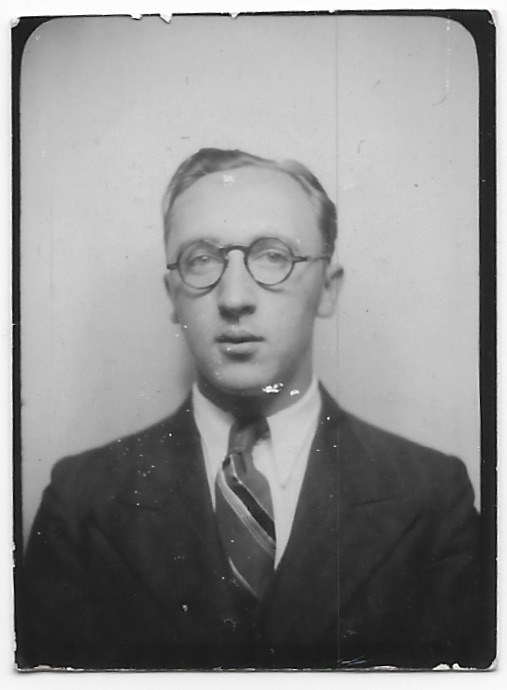
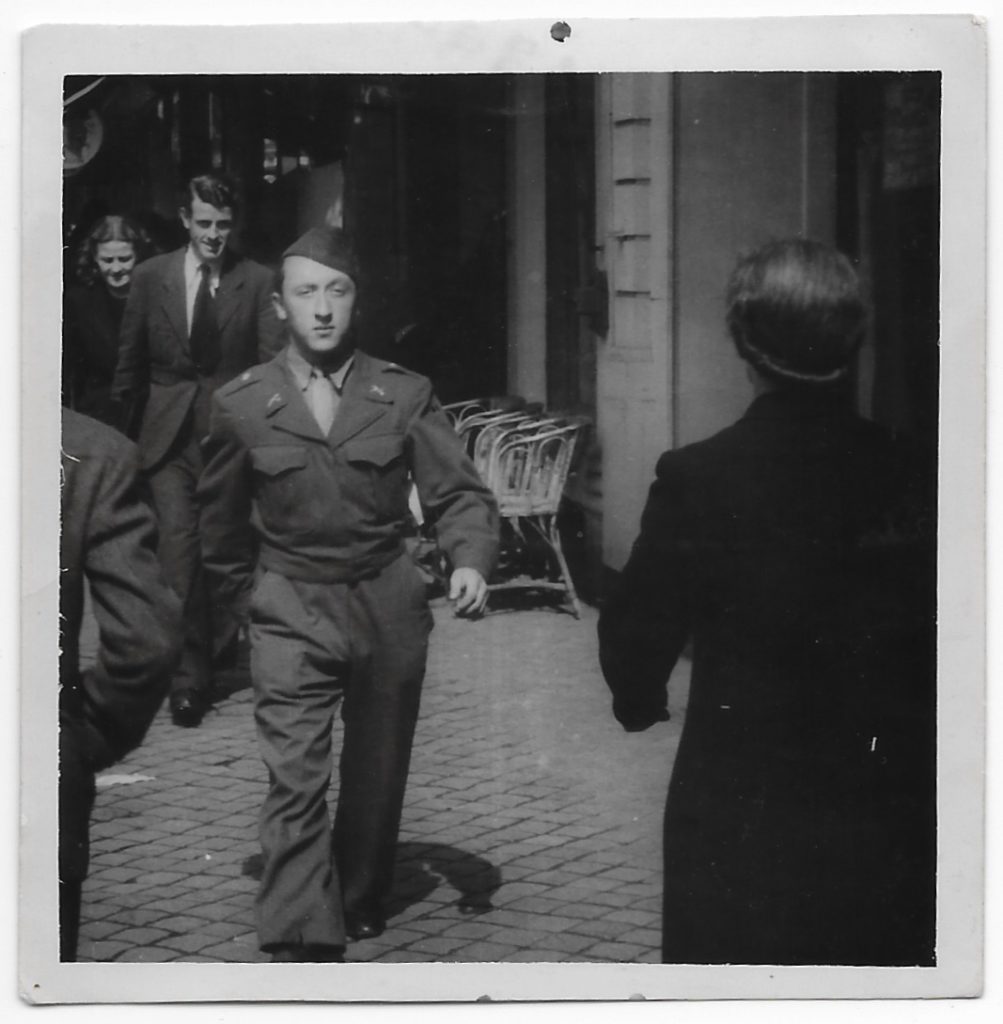
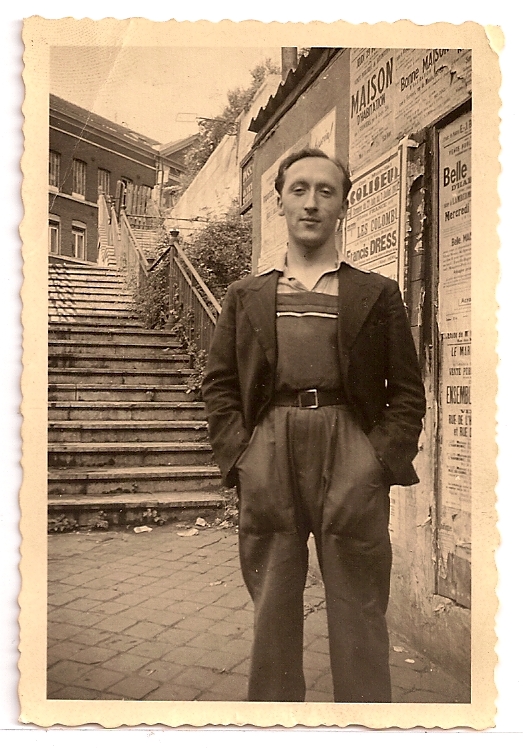
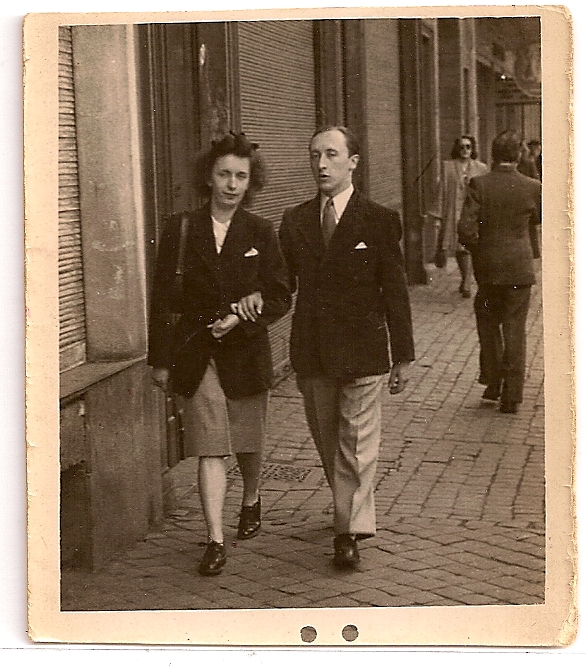
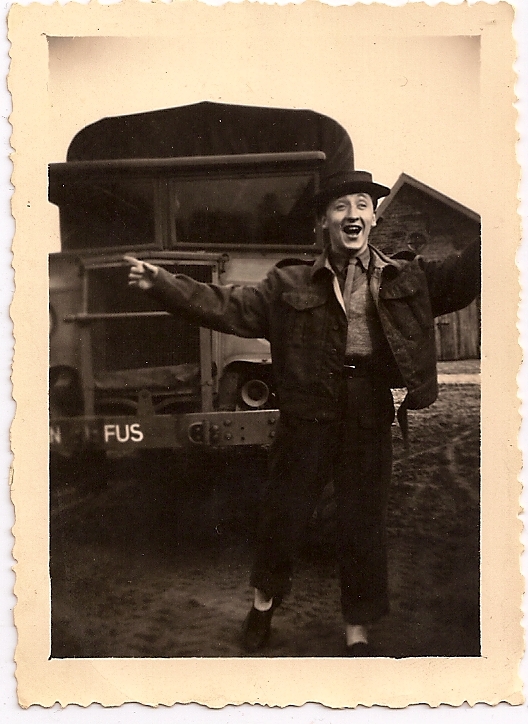
Comments
Post a Comment